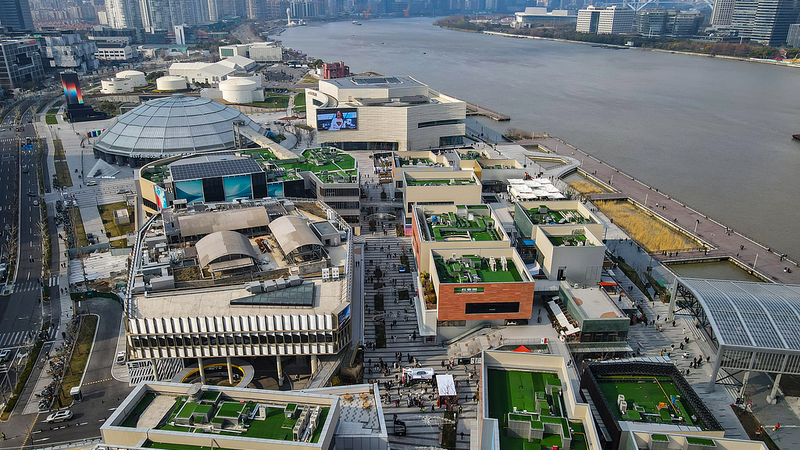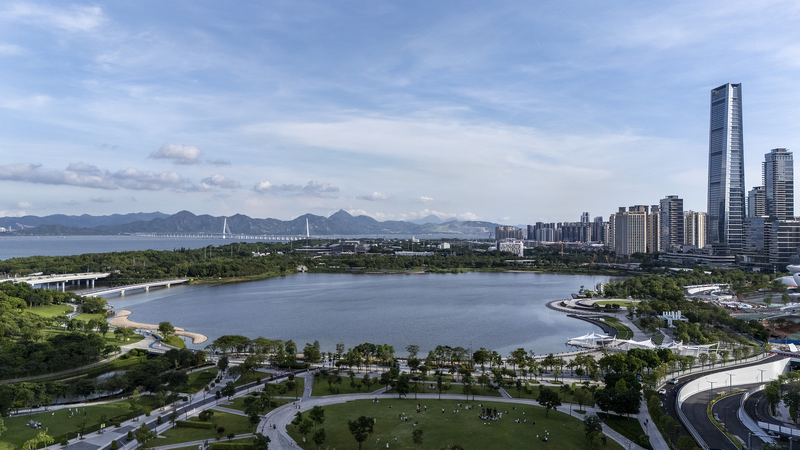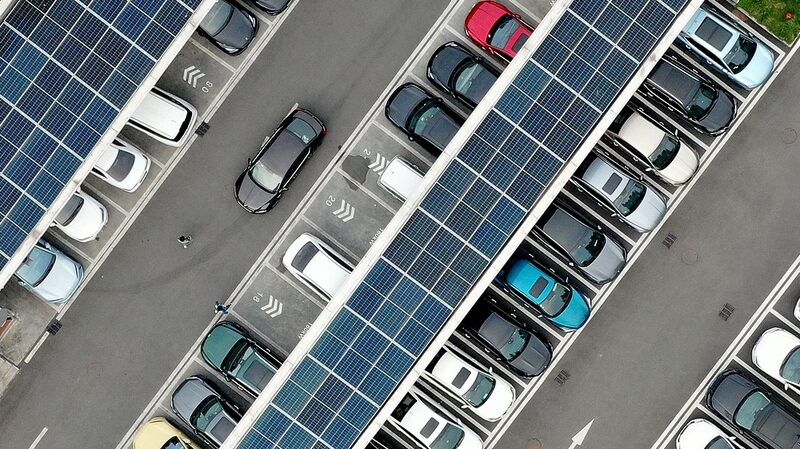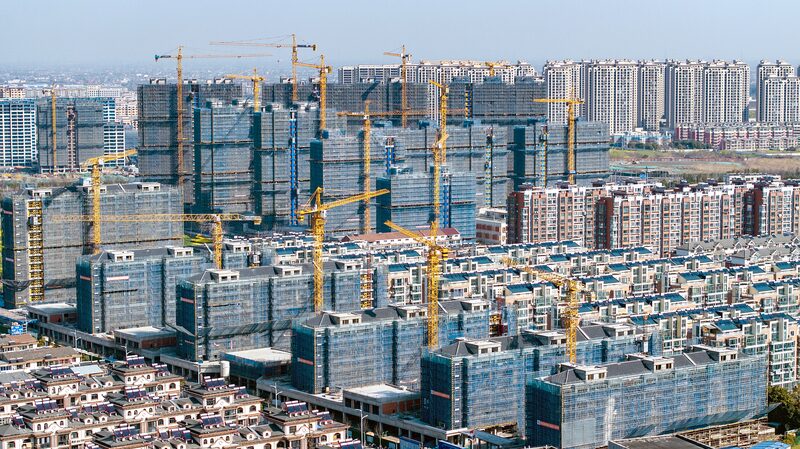As the world marks a decade since adopting the Sustainable Development Goals, China's urban evolution offers a blueprint for inclusive growth. With 67% of its population now urbanized – up from 20% in the 1980s – the country demonstrates how strategic planning can transform cities into engines of prosperity while prioritizing livability.
Housing as a Human Right
Between 2015-2022, China added over 80 million affordable housing units, improving living conditions for 200 million residents. The Ministry of Housing and Urban-Rural Development's data reveals a clear focus: making adequate housing accessible to low- and middle-income urban dwellers through targeted social programs.
Green Innovation Takes Root
From electric mobility networks to flood-resistant 'sponge cities,' China's urban centers lead in environmental solutions. These initiatives align with global climate goals while enhancing quality of life – proving economic growth and sustainability can coexist.
UN-Habitat's Anaclaudia Rossbach notes: 'China's people-first approach shows how urbanization can drive equitable progress when paired with long-term vision.' As the 2030 SDG deadline approaches, these lessons in integrated planning offer valuable insights for cities worldwide.
Reference(s):
The path to inclusive and sustainable cities: Putting people first
cgtn.com







